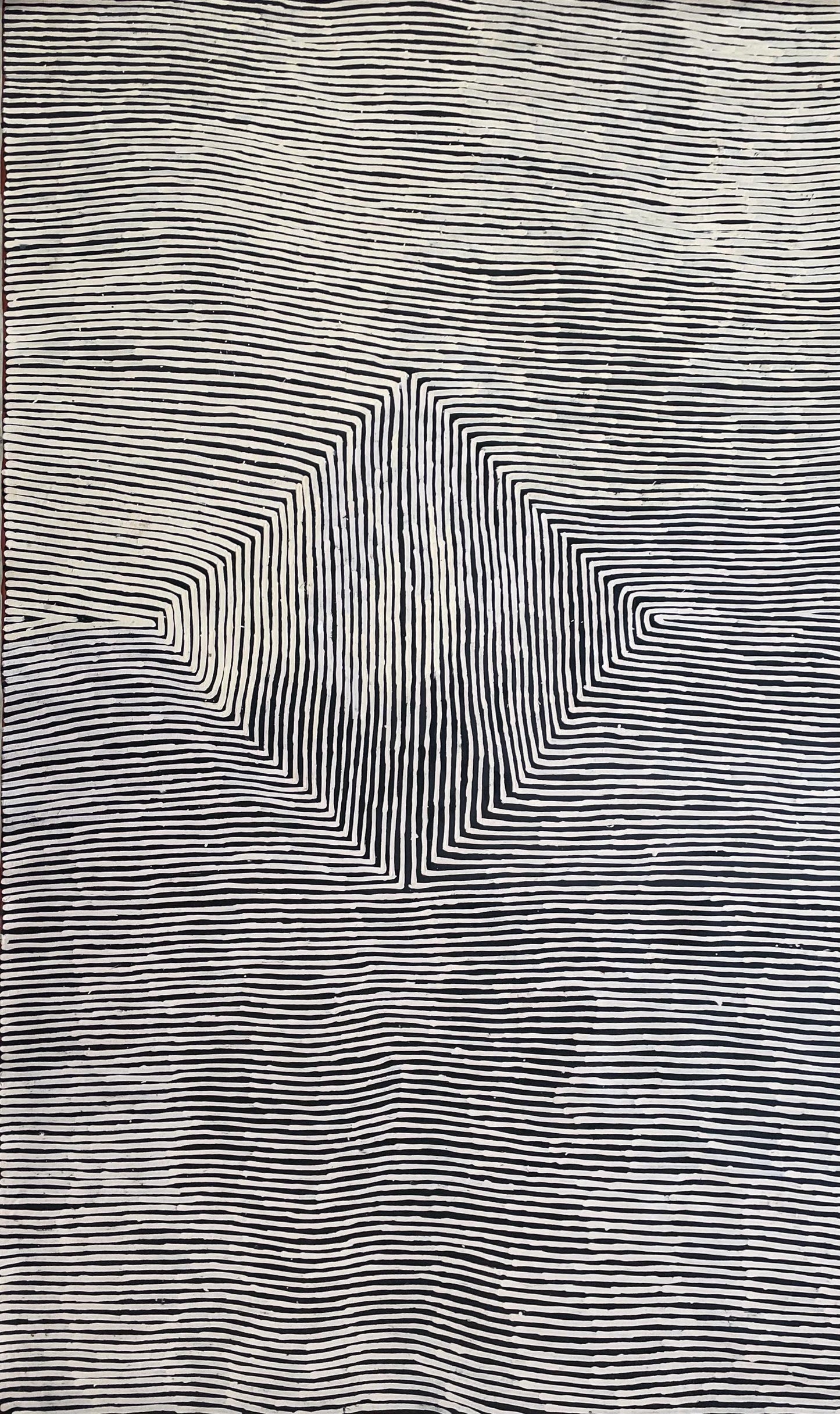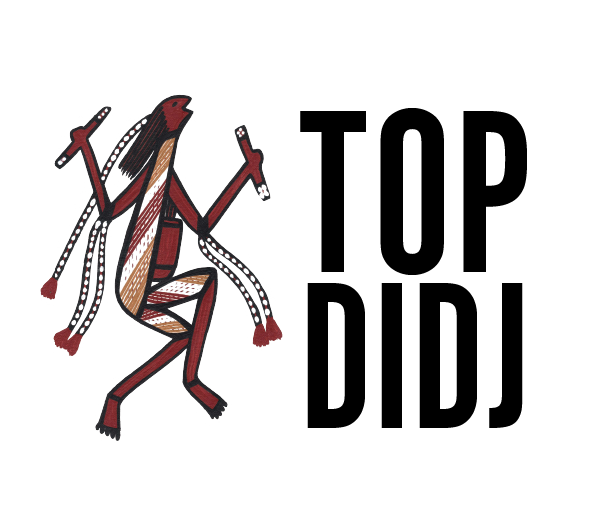George (Hairbrush) Tjungurrayi
Untitled | AS-174
Untitled | AS-174
Dimensions: 1290 x 2170
Medium: acrylic on linen
Couldn't load pickup availability
Share
Artist Information
Artist Information
DOB: c. 1943
Birthplace: Wala Wala, Kiwirrkurra Region, Gibson Desert NT
Region: Juniper Well WA, Walungurru (Kintore) N.T.
Language: Pintupi
Also known as George Tjungarrayi and George Jungarai. George Hairbrush Tjungurrayi was born near in Walawala, to the north-west of Kiwirrkurra in the Gibson Desert where he spent his childhood living a traditional life with his family. His ancestral country covers the sites around Wala Wala, Kiwirrkura, Lake Mackay, Kulkuta, Karku, Ngaluwinyamana and Kilpinya to the north-west of Kintore across the West Australian border. These regions are depicted in his artwork.
As one of the early members of the indigenous art movement, George began painting in Papunya. He first started when a local schoolteacher (Geoffrey Bardon) encouraged senior men to paint a blank wall at the local school. The mural sparked much interest and just as much controversy and birthed what we know today as the Aboriginal Art Movement.
George initially assisted the senior artists in the Papunya art community in 1971 and was later encouraged by the artists (including senior lawman Nosepeg Tjupurrula) to paint himself in 1976. The artwork he created during the 1970’s and 1980’s was typical of the imagery used by other major Pintupi artists such as Anatjari Tjamptjinpa and Yala Yala Gibbs.
By the mid 1980s George Tjungurrayi began a more experimental phase in his art, embracing colours beyond the earth-based palette. His subject matter remained the ceremonies and stories bound up with the journeys of the Ancestors told through the Tingari cycle of sacred songs. These narratives related to sacred sites including his own birthplace Wala Wala, and other locations around Kiwirrkura and Lake Mackay across to Kilpinya to the north of Kintore.
Paintings from the 1980s by senior Papunya artists including George’s brother Willy Tjungurrayi and fellow artists Turkey Tolson Tjupurrula, Ronnie Tjampitjinpa and Mick Namarari open a new phase of the Desert art movement.
George’s distinctive style often depict specific sacred sites from his ancestral country, and are associated with the Tingari Cycle of creation Dreaming stories. Locations and events of the Tingari cycle frequently occur as the subject matter of Aboriginal art from all regions. In Pintupi stories, a group of Tingari men (ancestral elders) - who were usually followed by groups of women and children - travelled over the Western Desert area performing rituals and creating the country. Deep knowledge of the Tingari remains restricted to men in the community who hold an appropriate level of seniority to share and pass on these stories
George comes from a large family of well-known Pintupi artists and influences, including his older brother, Willy Tjungurrayi, uncle Charlie Tjungurrayi and sisters, Naata Nungurrayi and Nganngi (Nancy) Nungurrayi developing his distinctive style based on optical stripes.
George's first solo exhibition was in 1997 at Utopia Art Sydney and was quickly followed by another in 1998 at Gabrielle Pizzi in Melbourne. By the end of the decade, George Hairbrush Tjungurrayi was one of Papunya's most sought-after painters. He has continued to exhibit throughout Australia and internationally, being a finalist in the Wynne Prize 2007, and received a Highly Commended vote in the 34th Alice Springs Prize in 2006. In 2003 he was voted one of the "50 Most Collectable Artists" by Australian Art Collector magazine.

Please bare with us whilst we finish updating our new website
We are in the process of updating our catalogue and artist information.
If you require further information on an artist or their work, please do not hesitate to contact us via email.
We appreciate your patience during this time.

